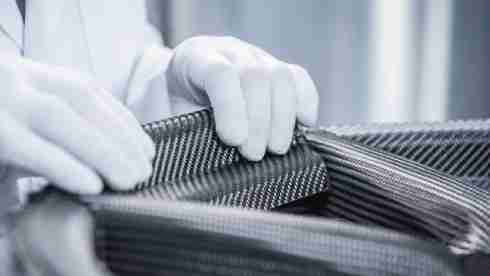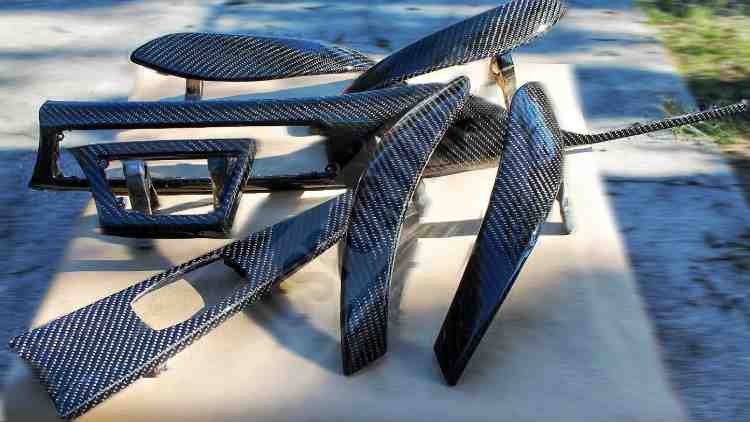There are many videos online showing people making carbon fiber composite parts at home. A good example is a fabricator that makes impressive drone propellers.
This method is well suited for details with simple design that don’t require specific aesthetic and structural requirements. It is low-cost, but also offers poor repeatability and may contain air voids that reduce strength.
Preparation

Carbon composites are strong and lightweight materials that are popular in a number of different applications. They are often used to make bikes, airplanes, and motorcycle frames. They are also used to create sailboats, helmets, and even coffee machines. They are made from thin sheets of carbon fiber that are impregnated with epoxy resin. The fabric is then cured under heat and pressure. This process is known as VARTM.
Unimpregnated carbon fiber is stiff and brittle. It requires resin impregnation to become a strong component. The resulting material will have more strength if the fabric is more tightly wound and the resin has a lower viscosity.
The surface of carbon fibers must be oxidized to increase bonding with epoxies and other materials. This can be done by burning or dipping the fibers in oxidizers such as air, carbon dioxide, or ozone. The oxidation process also etches and roughens the surface of the carbon fiber, which increases mechanical bonding.
Layup
Carbon fiber composite parts are stronger and lighter than metal or plastic ones. Their stiffness and strength largely depend on the mechanical properties of the carbon fibers and the resin they are impregnated with. The location of the fibers and their orientation also significantly influence their properties.
There are several ways to make carbon fiber parts. One is to use the pultrusion process. This method aligns carbon fibers axially and wets them with resin to produce strong, lightweight products. This method is especially well-suited for producing long, straight products like beams, strips, or tubing.
Another way is to use the wet layup process. This requires the least amount of skill and equipment to get started but is best used for simple parts with a smooth outside surface (like a hard hat) or for prototyping. It involves brushing the resin on a mold, putting the Carbon on it and rolling it carefully with more Resin to saturated it.
Curing
Carbon fiber is a versatile material that has the potential to revolutionize the way many industries manufacture their products. Compared to metals, it is stronger, lighter, quieter, and more flexible. But like any other material, it requires the proper design and fabrication processes to realize its full potential.
When working with carbon fiber, it’s essential to use the correct protective equipment. This includes gloves, eye protection, and a face mask. This will help prevent the inhalation of dangerous fumes or the absorption of solvents through the skin.
The first step in making a carbon composite is creating the mold. There are a couple of different ways to do this, but one way is to use a traditional mold and apply carbon fiber sheets over it. This is what the fabricator who made the drone props in those YouTube videos did. This method is less expensive than other methods, but it’s not as efficient for large-scale production.
Testing

Carbon Composites are a very unique material that outperforms metal parts in many ways. However, they also require a different manufacturing process and special tools. Element 6 has extensive experience with multiple custom carbon fiber processes, including wet layup, vacuum bagging, matched tooling, prepreg, and VARTM.
The cure is the process of hardening or curing the resin that covers the carbon fiber strands. It’s important to use the correct cure system for your application, as it will affect the strength of the finished product.
Conclusion:
Unlike steel and aluminum parts, carbon fiber has a very high strength-to-weight ratio. This is due to the fact that the fibers are woven into a polymer matrix that protects and transfers mechanical load. This allows for the tailoring of the materials mechanical properties, such as stiffness, by changing the number and direction of the fabric layers within an element. Carbon Composites also have a good impact resistance but poor/modest resistance to corrosion.
